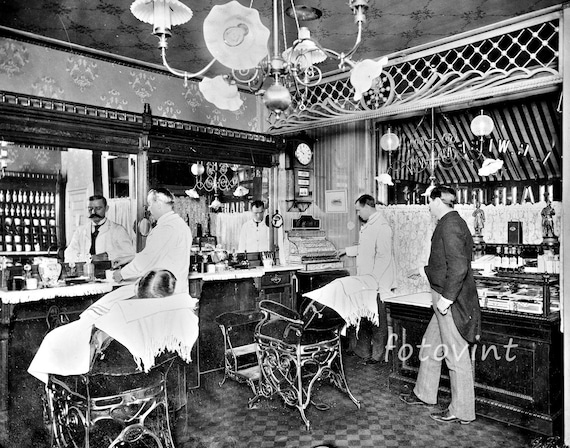Hairdressers as Cultural Stewards Molding Community Character and Connection in NYC Metropolis
Hairdressers as Cultural Stewards Molding Community Character and Connection in NYC Metropolis
Blog Article
Hair salons in NYC are not only locations to get a trim; they function as important cultural hubs that help shape neighborhood identity and nurture relationships among locals. These businesses have a long history in urban settings, acting as gathering spots where people from varied backgrounds come togetherness. In many areas, barbershops are often the first place where individuals can engage in conversations about community issues, exchange stories, and forge relationships. This unique role makes barbers not only skilled professionals but also cultural curators who add to the community fabric of their neighborhoods.
The environment in a barbershop is often lively and welcoming, creating a space where clients feel at ease expressing themselves. Barbers are known for their ability to connect with patrons, often participating in discussions that range from sports to politics. This interaction helps to create a sense of belonging among clients, as they discuss their experiences and perspectives. In many instances, barbershops mirror the cultural diversity of the neighborhoods they support, displaying different haircuts, grooming techniques, and even music that connect with the local population. This cultural exchange enriches the interaction for all involved and strengthens community ties.
Barbershops also play a significant role in preserving cultural traditions. Many barbers have been trained in specific techniques that are passed down through generations, ensuring that unique styles and practices are not lost over time. For instance, certain styles and grooming practices may be linked to cultural heritage, allowing individuals to express their identity through their appearance. By maintaining these traditions, barbershops help to keep cultural narratives alive, providing a sense of pride and continuity for community members.
In furthermore to their cultural importance, barbershops often participate in community service and assist local causes. Many barbers take an proactive role in tackling social issues, such as learning and health education, by hosting events or providing resources to their clients. This involvement demonstrates a commitment to the well-being of the neighborhood and encourages a feeling of duty among barbers. By using their influence view it now to promote positive change, barbershops become essential players in the local area, further reinforcing their role as community curators.
In conclusion, barbershops in New York City serve as essential spaces for cultural exchange, community development, and identity creation. They provide a distinct environment where people can connect, share, and celebrate their varied backgrounds. As community curators, barbers not only influence the way people present themselves but also affect the broader social dynamics. By recognizing the importance of these establishments, we can appreciate the vital role they have in building connections and maintaining cultural heritage in urban settings.